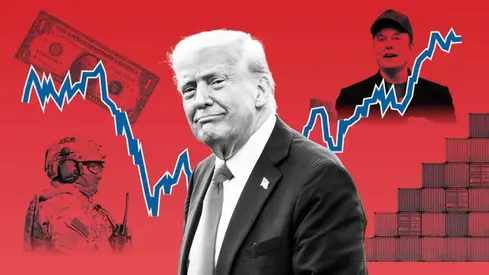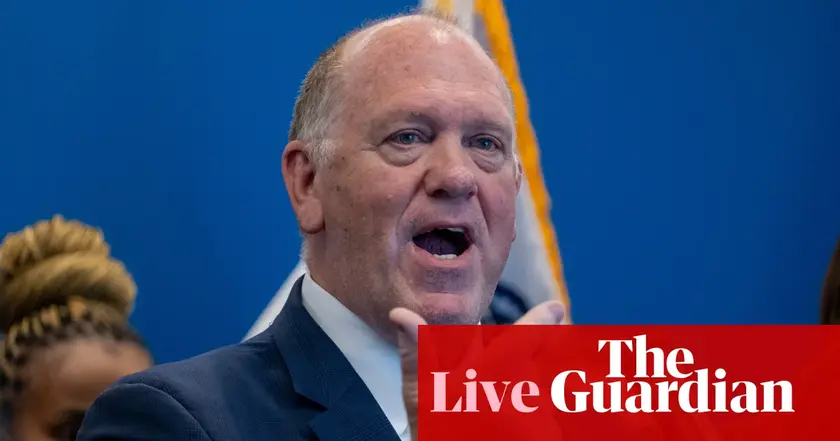T4K3.news
Robinhood enforces five day office policy for executives
Robinhood will require its C-suite to work in the office five days a week, with managers and staff following a staggered schedule

Robinhood shifts leadership to a strict in office schedule as part of a broader push for in person collaboration.
Robinhood Returns to Five Day Office Week for Executives
Robinhood chief Vlad Tenev announced a new policy that requires the C suite to be in the office five days a week. Managers must come in four days, and individual contributors three days. Staff without direct reports are exempt. The move marks a sharp reversal from Robinhood 2022 remote first stance, a decision Tenev says he regrets. He described the change on the Cheeky Pint podcast, saying it is about accountability at the top.
Industry context shows a mixed picture. Many leaders preach collaboration yet keep flexible schedules themselves. Microsoft reportedly plans a tighter RTO policy after a period of remote work, while Amazon top executive Andy Jassy has argued that in person collaboration strengthens culture and output. Companies such as Samsung and Dell have experimented with badge based attendance tools. A recent study finds remote work remains a top factor for job choice, and about 70 percent of remote or hybrid workers would consider leaving if ordered back to full time without a raise.
Key Takeaways
"If you're an individual contributor and you're doing work, it's nice to know that your manager is going through more pain than you."
Vlad Tenev on executive accountability
"Everyone said it was a one way door, but it turns out it's a two way door."
Vlad Tenev on the direction of policy
"Collaborating, brainstorming, and inventing are simpler and more effective."
Andy Jassy on culture and in-person work
"You can reverse pretty much anything."
Vlad Tenev on reversing policy
The policy places leadership accountability at the center of a culture shift. It tests whether more time in the office translates into clearer direction, faster decisions, and stronger culture, or whether it simply constrains employees without delivering tangible gains. This move also reflects a broader tension in the labor market where talent values flexibility and mobility, but boards still prize visible commitment and in person collaboration. The payoff will depend on how well the company communicates the rationale, enforces fairness, and demonstrates real benefits from the time spent together.
If the plan is to strengthen culture through proximity, the risk is friction with staff who value remote work and with investors watching margins and retention. The next several quarters will reveal whether the trade offs are worth it as hiring, retention, and morale become visible indicators of the policy impact.
Highlights
- If you're an individual contributor and you're doing work, it's nice to know that your manager is going through more pain than you
- Everyone said it was a one way door but it turns out it's a two way door
- You can reverse pretty much anything
- Collaborating, brainstorming, and inventing are simpler and more effective
Workforce policy risks and potential backlash
The move could trigger a mixed reaction from staff, investors, and the market. It may raise questions about budget and retention in a tight labor market and affect morale.
Policy choices shape trust as much as productivity in the modern workplace.
Enjoyed this? Let your friends know!
Related News

Capitol presence links Trump pick to January 6

Office return policy update

Donald Trump marks six months in office with drastic policy changes

Microsoft Plans Stricter Return to Office Policy

Texas Governor Abbott threatens Democrats with removal

Trump administration increases immigration enforcement in sanctuary cities

Trump pushes toward dictatorship after 200 days

ICE arrests immigrants differently in red and blue states
